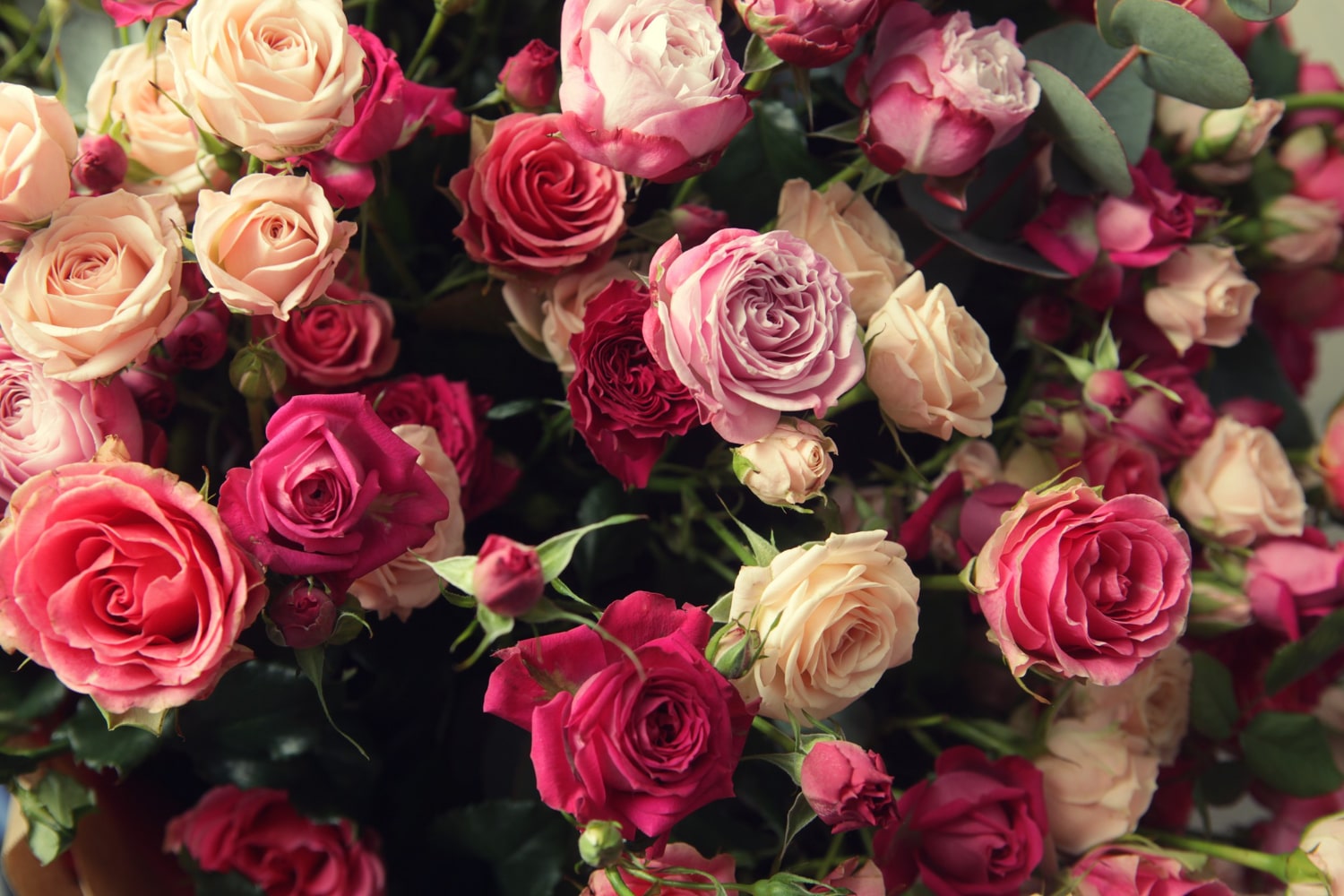Roses have long been considered symbols of beauty, love and inspiration. Their delicate petals, fragrance and diversity of forms have fascinated poets, artists and gardeners for thousands of years. However, behind their elegant appearance lies a remarkable history, a great variety of species and unique biological characteristics. In this collection you will find interesting facts, surprising facts and fascinating facts about roses that you may not have known before. They help reveal the rose not only as a symbol, but also as a true wonder of nature.
- Roses are among the oldest flowering plants on Earth. Fossilized remains of roses date back more than 35 million years. This means that roses were growing long before humans appeared. Nature took millions of years to shape their beauty.
- There are more than 30,000 varieties of roses worldwide. Every year, breeders create new hybrids, aiming for unique colors, shapes or fragrances. Some varieties exist only in a single botanical garden or private collection. This makes the world of roses incredibly diverse and rich.
- Not all roses have thorns. While most species develop thorns as protection against herbivores, some wild and cultivated varieties are nearly thornless. For example, the Zea variety has smooth stems without thorns. This demonstrates the flexibility and variability of the rose family.
- The fragrance of roses is highly diverse. The familiar sweet scent is just one of many possibilities. Some roses have notes of honey, vanilla, lemon, spices or even green tea. The intensity of the fragrance depends on the variety, the time of day and air temperature.
- The color of a rose often carries symbolic meaning. A red rose traditionally represents love and passion, a white rose symbolizes purity and sincerity, and a yellow rose is associated with joy or friendship. A pink rose expresses tenderness, while a black rose is regarded as a symbol of mystery and the unknown. Such symbolism has been recognized since the Middle Ages.
- True blue roses do not exist in nature. For centuries, breeders attempted to create a naturally blue rose, but without success, as roses lack the genetic pigment required for that color. The blue roses sold today are usually white roses dyed artificially. This clearly illustrates the genetic limits set by nature.
- Roses are used not only as ornamental plants. Rose petals are widely used in cosmetology, medicine and cuisine. They are used to produce essential oils, herbal teas, jams and aromatic extracts. Rose essential oil is one of the most expensive in the world due to the complex process required to obtain it.
- The Damask rose is particularly valuable. It is considered one of the main sources of natural rose oil. Several tons of petals are needed to produce just one liter of oil. This oil is used in high-quality perfume compositions.
- In some countries, roses have a cultural role. For example, in Bulgaria, the annual Rose Festival is dedicated to the harvesting of petals and the production of rose oil. In Japan, festivals are held where people gather to admire the blooming of rose gardens. Such traditions show how deeply roses are woven into human culture.
- Roses can live for a very long time. A well-known rose bush growing near the cathedral in Hildesheim, Germany, is believed to be over 1,000 years old. It has survived wars, climate changes and entire historical eras. This shows the extraordinary vitality of the plant.
- Roses grow in different structural forms. They may be climbing, shrub-type, groundcover or grown as standard (tree-shaped) roses. Because of this, roses are used in many types of landscape design, from hedges to archways and decorative gardens. Each form requires specific care.
- Roses need proper care. They require sunlight, fertile soil and enough moisture. Regular pruning is essential to encourage abundant blooming. With good care, roses can bloom multiple times in one season.
Roses are more than just beautiful flowers. They are expressions of history, emotion and natural harmony. They accompany people in joy and sorrow, in celebration and creativity. Their elegant form reminds us of nature’s ability to create perfection. By caring for roses, we continue the ancient tradition of preserving beauty in the world.





